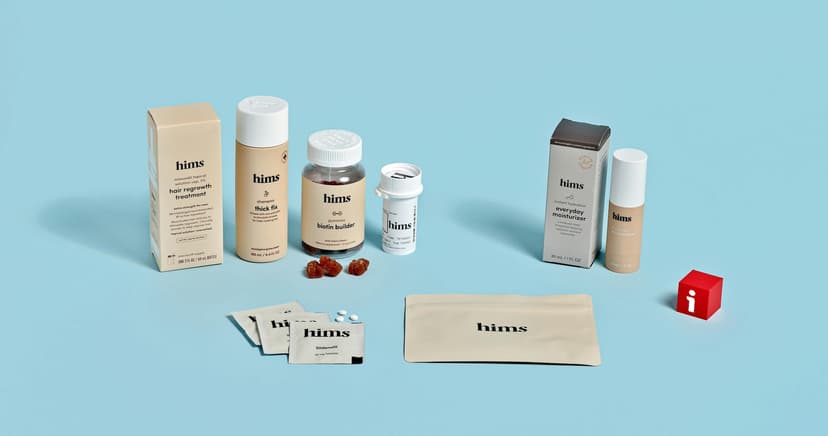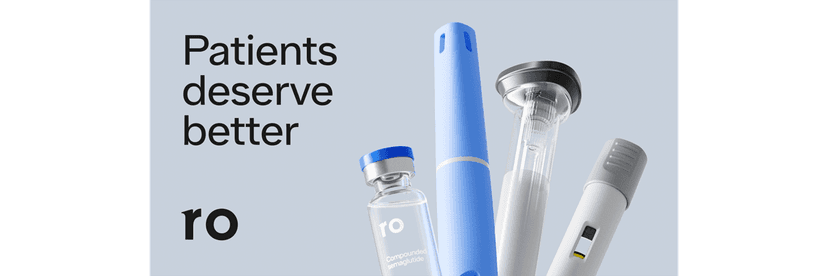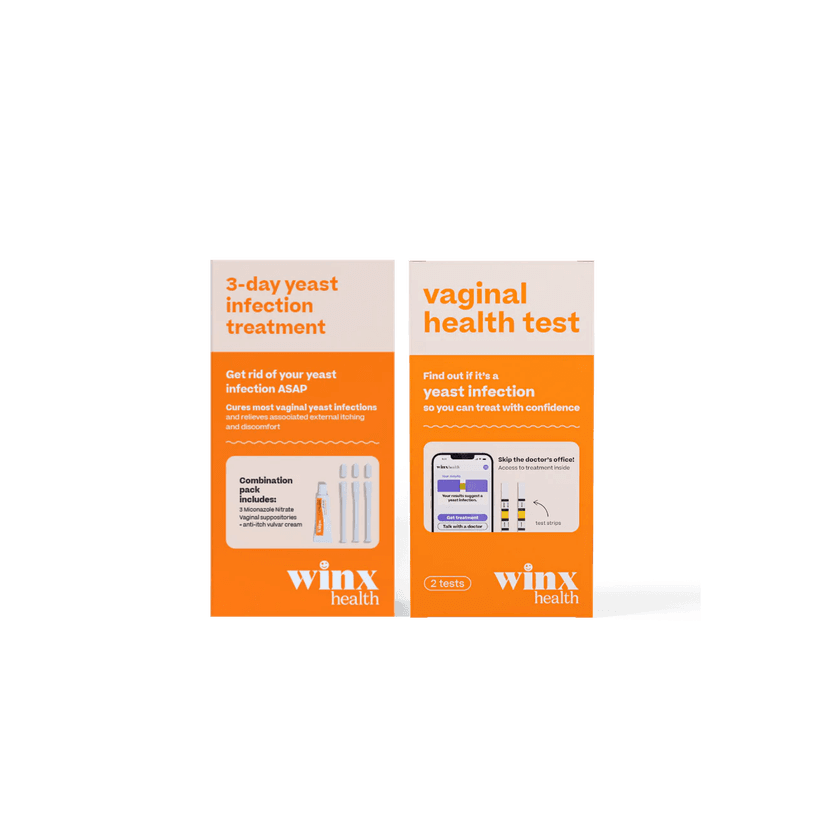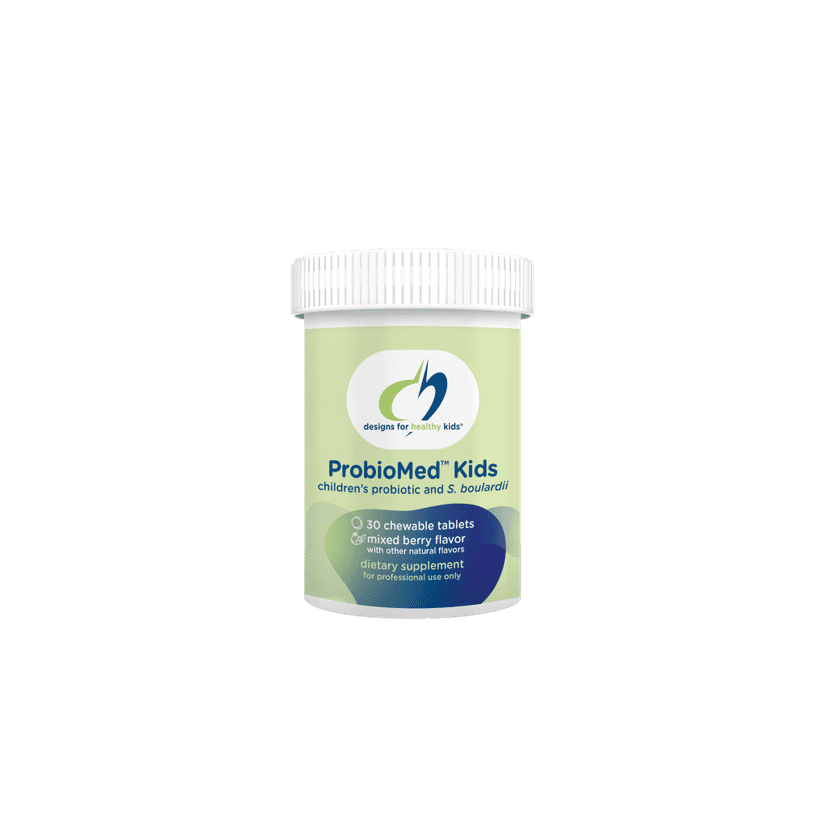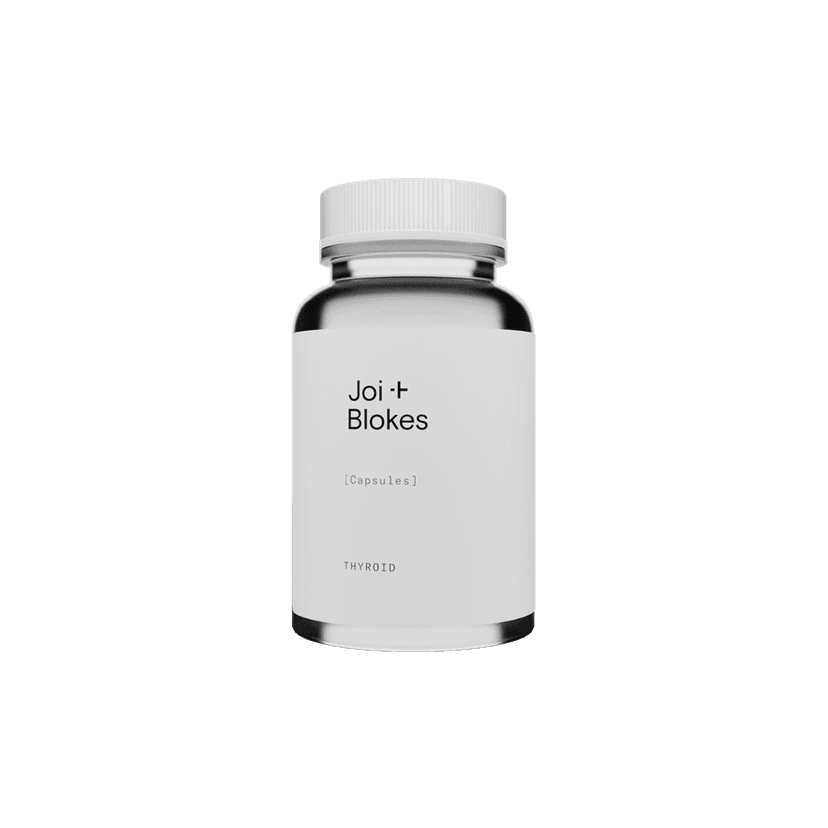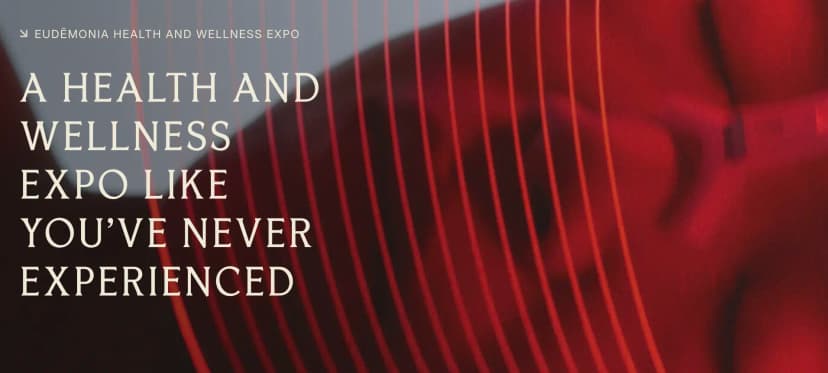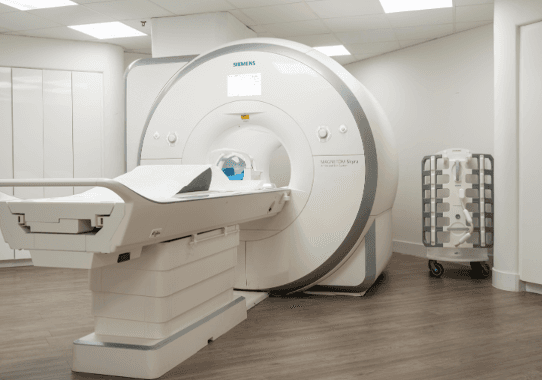Low testosterone, also known as male hypogonadism, is a condition where the body does not produce enough testosterone, a hormone crucial for male development and overall health. This condition can lead to a variety of physical, emotional, and cognitive symptoms and can significantly impact a man's quality of life. Understanding the causes, recognizing the symptoms, and exploring the available treatment options are essential steps in managing low testosterone effectively.
Key Takeaways
- Low testosterone is a condition where the body does not produce sufficient levels of the hormone testosterone, leading to various health issues.
- Common causes include aging, hormonal changes, medical conditions, and lifestyle factors such as obesity and stress.
- Symptoms of low testosterone can vary and may include reduced sex drive, fatigue, depression, and cognitive difficulties.
- Diagnosis typically involves a combination of medical history, physical examination, laboratory tests, and sometimes imaging studies.
- Treatment options range from testosterone replacement therapy to lifestyle and dietary changes, with support and resources available for managing the condition.
Causes of Low Testosterone
Testosterone levels naturally decrease as men age, but other factors can also contribute to low testosterone.
Aging and Hormonal Changes
As men grow older, their testosterone levels gradually decline. This is a normal part of aging and is often accompanied by other hormonal changes.
Medical Conditions and Treatments
Several medical conditions and treatments can lead to low testosterone levels. These include:
- Injuries to the testicles
- Cancer treatments such as chemotherapy and radiation
- Chronic illnesses like kidney disease, cirrhosis of the liver, and AIDS
- Pituitary gland disorders
- Autoimmune diseases
- Infections
- Obesity and metabolic syndrome
- Certain medications
Lifestyle Factors
Lifestyle choices can also impact testosterone levels. Factors such as stress, alcohol use disorder, and poor diet can contribute to low testosterone. Maintaining a healthy lifestyle is crucial for hormonal balance.
Understanding the various causes of low testosterone is essential for effective diagnosis and treatment.
Recognizing the Symptoms of Low Testosterone
Recognizing the signs of low testosterone, also known as hypogonadism or "low T," can be challenging because many of the symptoms overlap with other conditions. Understanding these symptoms is crucial for early diagnosis and treatment.
Diagnosing Low Testosterone
Medical History and Physical Examination
When diagnosing low testosterone, healthcare providers start with a thorough medical history and physical examination. They will inquire about your symptoms, medications, smoking history, and any relevant medical conditions. This initial step helps in identifying potential causes and determining the need for further testing.
Laboratory Tests
Blood tests are crucial in diagnosing low testosterone. Typically, testosterone levels are measured early in the morning when they are at their highest. Normal levels range from 300 to 1,000 ng/dL. If initial results indicate low testosterone, your doctor may repeat the test to confirm the diagnosis. Other blood tests might be conducted to rule out underlying conditions that could affect testosterone levels.
Imaging Studies
In some cases, imaging studies such as bone density tests may be recommended. These tests can reveal diminished bone mass, which is a potential consequence of low testosterone. Imaging studies help in providing a comprehensive view of the patient's health and identifying any additional issues that need to be addressed.
It's essential to seek medical attention if you experience symptoms like low libido, erectile dysfunction, or fatigue. Early diagnosis and treatment can significantly improve quality of life.
Treatment Options for Low Testosterone
Testosterone Replacement Therapy
Testosterone Replacement Therapy (TRT) is the most common treatment for low testosterone levels. A doctor will typically only prescribe TRT if the person has several symptoms of low testosterone and blood test results that indicate a deficiency. There are several delivery methods of TRT, including:
- Skin patches
- Gels
- Tablets that dissolve in the mouth
- Injections
- Surgically implanted pellets that release the hormone
Lifestyle and Dietary Changes
In addition to medical treatments, lifestyle and dietary changes can also help manage low testosterone levels. Regular exercise, a balanced diet rich in vitamins and minerals, and maintaining a healthy weight are crucial. Reducing stress and getting adequate sleep can also positively impact testosterone levels.
Alternative Treatments
Some individuals may explore alternative treatments for low testosterone. These can include herbal supplements, acupuncture, and other holistic approaches. However, it's important to consult with a healthcare provider before starting any alternative treatment to ensure it is safe and effective.
Managing low testosterone often requires a comprehensive approach that includes medical treatment, lifestyle adjustments, and possibly alternative therapies. Always consult with a healthcare professional to determine the best course of action for your specific needs.
Living with Low Testosterone
Living with low testosterone can be challenging, but managing symptoms effectively can significantly improve quality of life. Common strategies include regular exercise, a balanced diet, and adequate sleep. Medications and therapies prescribed by healthcare providers can also play a crucial role.
Low testosterone can affect various aspects of life, including relationships and mental health. Open communication with partners and seeking professional help can mitigate these impacts. It's important to address issues like mood swings, irritability, and low sex drive to maintain healthy relationships.
There are numerous resources available for those living with low testosterone. Support groups, both online and offline, can provide a sense of community and shared experience. Additionally, healthcare providers can offer guidance on treatment options and lifestyle adjustments.
Millions of men live with a testosterone deficiency. If left unchecked, this treatable condition may contribute to serious health problems like osteoporosis.
Preventing Low Testosterone
Healthy Lifestyle Choices
Adopting a healthy lifestyle can play a significant role in maintaining normal testosterone levels. That includes diet, exercise, drinking less booze, and not smoking. Here are some key lifestyle habits to consider:
- Eating a balanced diet rich in nutrients.
- Engaging in regular physical activity.
- Managing a healthy weight.
- Avoiding excessive use of alcohol and drugs.
Regular Medical Check-ups
Routine medical check-ups are essential for early detection and management of low testosterone. Regular visits to your healthcare provider can help monitor your hormone levels and overall health, ensuring any issues are addressed promptly.
Early Intervention
Early intervention is crucial in preventing the long-term effects of low testosterone. If you notice symptoms such as fatigue, decreased libido, or mood changes, consult your healthcare provider immediately. Early diagnosis and treatment can significantly improve your quality of life.
Proactive health measures and lifestyle adjustments can help maintain healthy testosterone levels and prevent complications associated with low T.
Conclusion
Understanding low testosterone is crucial for recognizing its impact on overall health and well-being. This condition, also known as male hypogonadism, can arise from various causes including aging, hormonal changes, and medical treatments like chemotherapy. Symptoms can range from reduced sex drive and erectile dysfunction to more severe issues such as infertility and weakened bones. Effective management often involves testosterone replacement therapy, which can be administered in several forms such as injections, patches, or gels. By staying informed about the symptoms and treatment options, individuals can take proactive steps to address low testosterone and improve their quality of life.
Frequently Asked Questions
What is low testosterone?
Low testosterone, also known as male hypogonadism, is a condition where the body doesn't produce enough of the hormone testosterone. This hormone is crucial for the development and maintenance of male physical traits, sperm production, and overall health.
What are the common symptoms of low testosterone?
Common symptoms of low testosterone include reduced sex drive, erectile dysfunction, loss of armpit and pubic hair, shrinking testicles, hot flashes, and a low or zero sperm count, which can cause male infertility.
What causes low testosterone?
Low testosterone can be caused by various factors including aging, hormonal changes, medical conditions such as kidney or liver disease, certain medications, chemotherapy, radiation treatment, and lifestyle factors like obesity.
How is low testosterone diagnosed?
Low testosterone is diagnosed through a combination of medical history, physical examination, and laboratory tests that measure the levels of testosterone in the blood. Imaging studies may also be used in some cases.
What treatment options are available for low testosterone?
Treatment options for low testosterone include testosterone replacement therapy, lifestyle and dietary changes, and alternative treatments. The choice of treatment depends on the underlying cause and the severity of the symptoms.
Can low testosterone be prevented?
While some causes of low testosterone cannot be prevented, maintaining a healthy lifestyle, regular medical check-ups, and early intervention can help manage and potentially prevent some cases of low testosterone.


